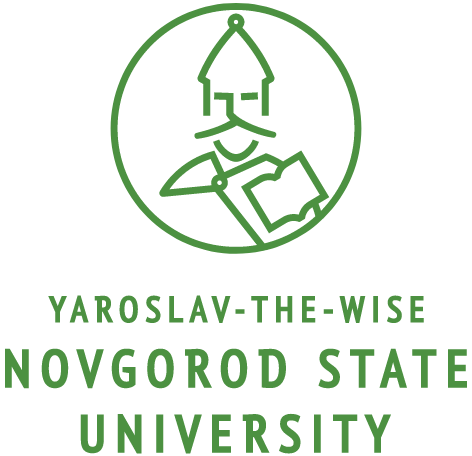The coherence of the poetic text (repetition and enjambment in the poem by V. Nabokov “I am in captivity, I am in captivity, I am in captivity!”)
DOI:
https://doi.org/10.34680/VERBA-2023-3(8)-34-46Keywords:
text linearity, text coherence, repetition, enjambment, parcellationAbstract
The article deals with the problems of expressiveness of a poetic text related to its linearity and coherence due to the linear arrangement of units. Defining coherence as a relationship of mutual dependence of linearly located units providing the expression of thought, the authors consider in a short poem the expressive effects produced by such phenomena as repetition and enjambment. It is shown how repetitions and enjambments emphasize the semantics expressed by words and phrases. The analyzed text of the poem gives grounds to assert that repetitions and enjambments (which, respectively, support and destroy coherence) can interact when depicting the phenomena of the artistic world: objects and states of the lyrical hero. It has been established that not a single discrepancy between metrical pauses and syntactic pauses is accidental. Such material allowed the authors to look at enjambment as a kind of parcellation: enjambment and parcellation have a common mechanism — the destruction of coherence, and a common function — the distinction of one of the elements of the "destroyed" unit. Enjambment-parcellation through metrically defined pausing controls the reader's attention, which is shifted to the accented and rhematized part — the parcel, and the position at the beginning of the line is the same means of parcellation as a period, question marks, exclamation marks and ellipsis. In the course of the analysis of repetitions and enjambments, their relation to stanzas, which are not marked with an increased interval, but are indicated by the nature of the rhyme, has been clarified. A line-by-line detailed analysis of the linearity of the poem has revealed the main details of the path from the word to the created objects of the artistic world. The results of introspection, observations of one's own reaction to a difficult form created by repetitions and enjambments, are explicated.
Downloads
Downloads
Published
How to Cite
Issue
Section
License
Copyright (c) 2023 Verba

This work is licensed under a Creative Commons Attribution-NonCommercial 4.0 International License.








